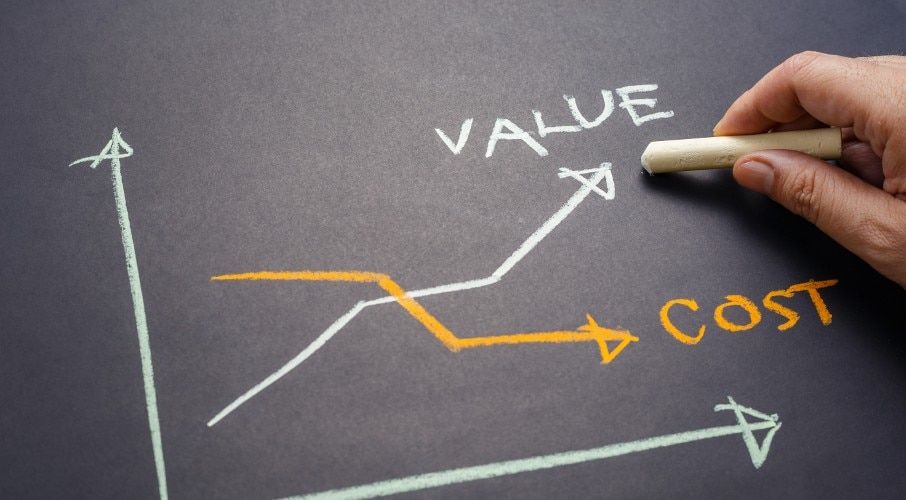Best practices to control production costs
An ongoing goal of every business is to reduce production costs without sacrificing the quality of their product or service.
There are several ways to do this, most of which require looking at previous numbers and assessing each step of the production process.
1. Keep track of production numbers
Applying the production cost formulas in the sections above will give a clear breakdown of what’s being spent to get your product or service ready for customers.
It’s best to calculate production costs at regular intervals (i.e., per quarter, per month, per season) so you can detect any changes in total expense and analyse its effect on business sales and profit.
2. Reduce cost of materials and supplies
Raw materials and parts make up a significant percentage of production costs. And more often than not, suppliers are willing to negotiate favourable terms to retain a good client.
Ask about any available discounts in exchange for longer contracts, larger orders, or cash payments. It’s also good to get quotes from other suppliers or consider testing alternative materials that don’t compromise on quality.
3. Streamline the production process
Review the steps and resources used to manufacture your product, talk to your production team, and look for opportunities to streamline the process. Check for tasks that seem overly time-consuming or unnecessary, and develop ways to improve or update workflows.
If needed, conduct A/B tests, measure improvement metrics such as production output or saved resources, and reassess any changes regularly.
4. Eliminate any unnecessary costs
Are there any expenses you can cut that wouldn’t make a big difference to the final product or service? For instance, many businesses spend heavily on packaging, which leads to heavier packages, higher shipping rates, and waste.
In a D.S. Smith packaging survey in August 2020, “93% of respondents reported receiving a box with wasted space [and] 73% of respondents indicated receipt of a box that was twice the size or more than needed.”
Other areas that can offer potential savings include consolidating deliveries, optimising the quantity of on-hand inventory, and scheduling routine equipment maintenance to prevent malfunctions and downtime.
5. Leverage automation and software tools
When it comes to repetitive tasks common to most business production, automation goes a long way in reducing labour and increasing efficiency.
Common areas of automation within production include processing orders, tracking shipments, managing resources, scheduling payroll, and the like. Business management software like QuickBooks Enterprise can also organise all production data on one platform and simplify data tracking throughout the business.
















